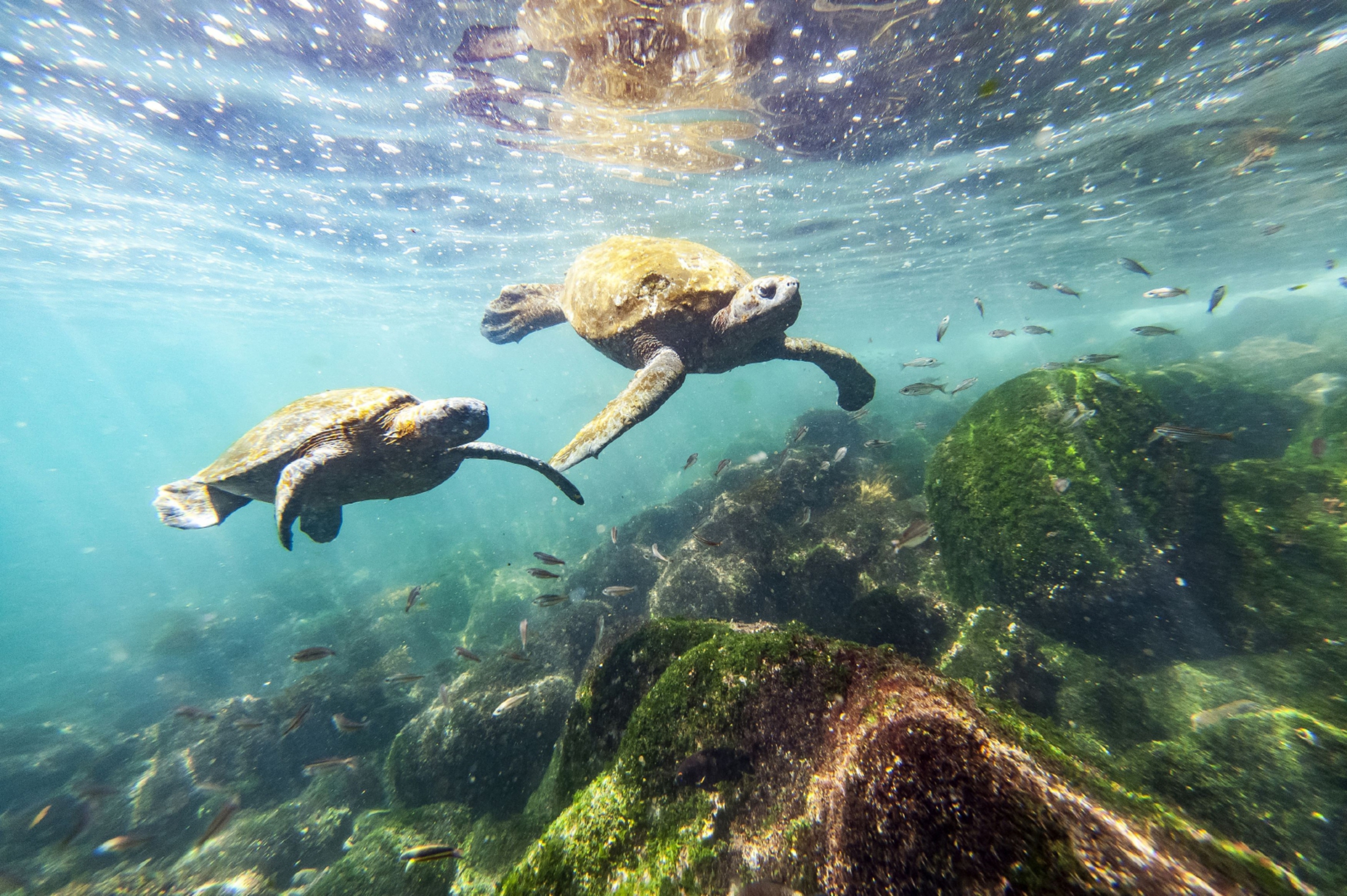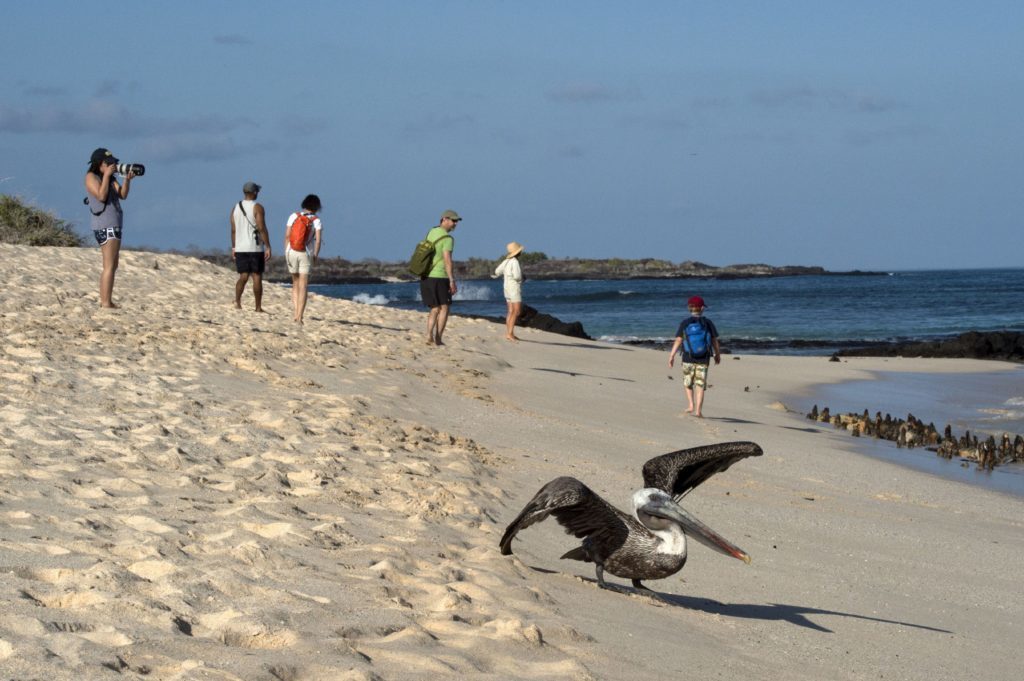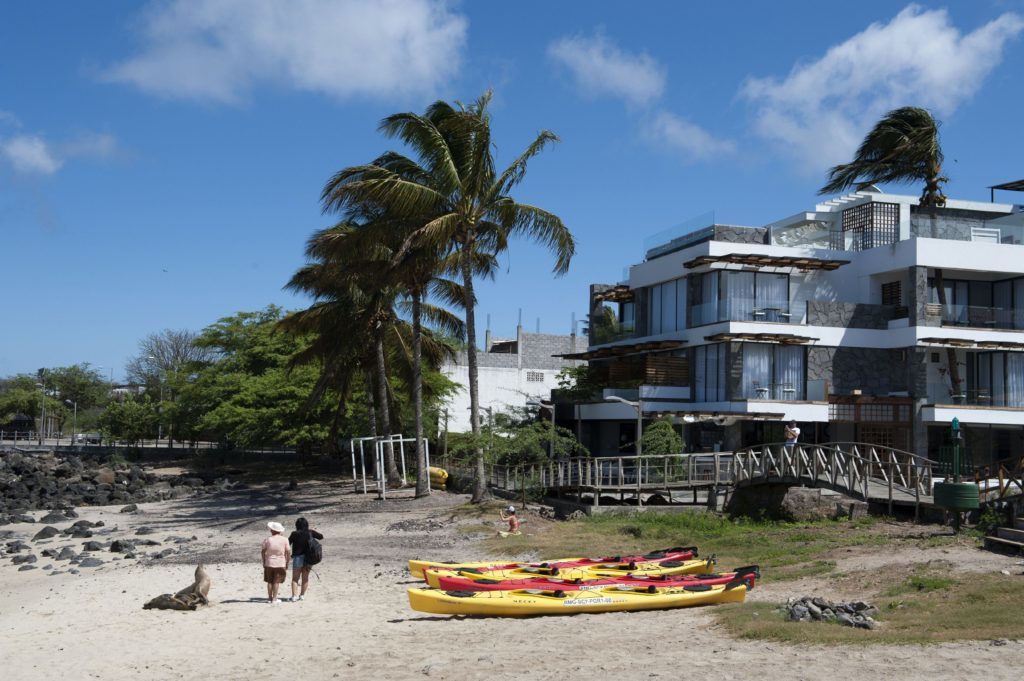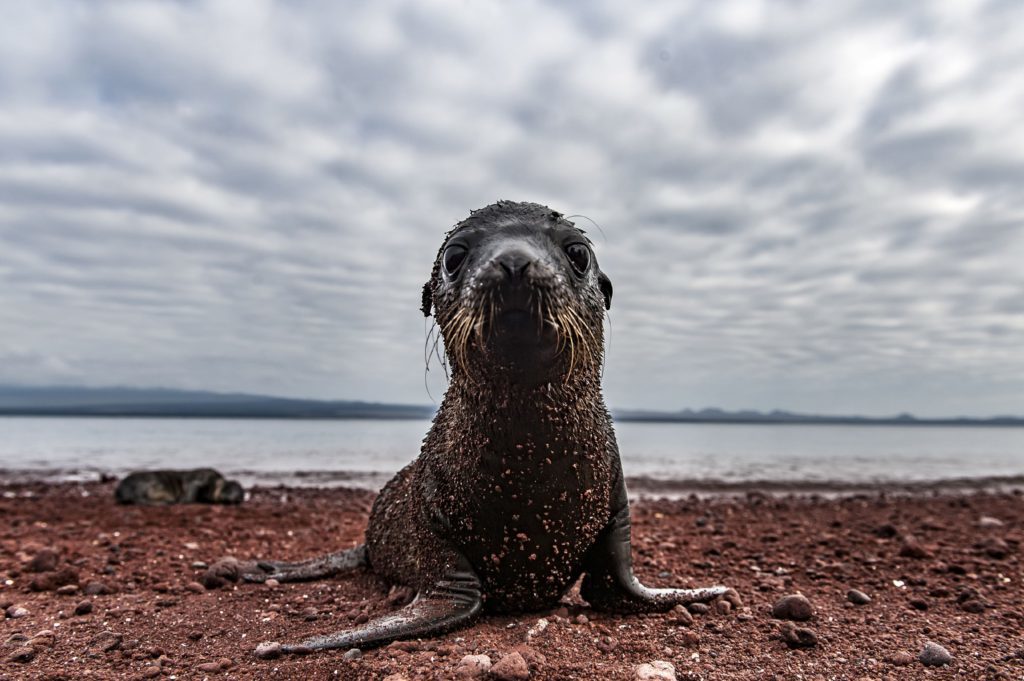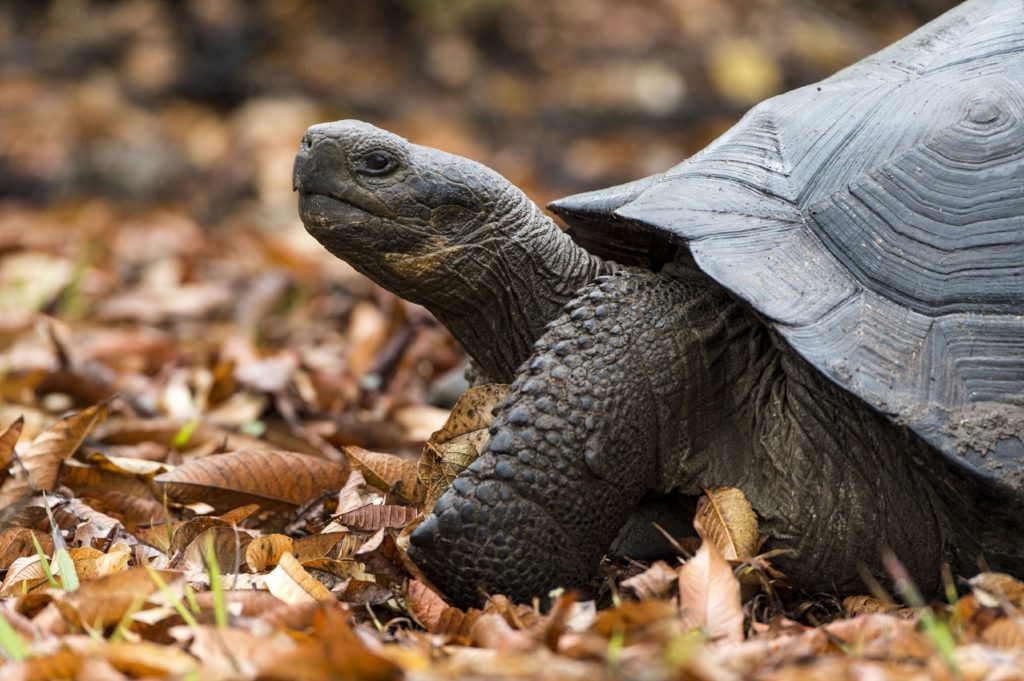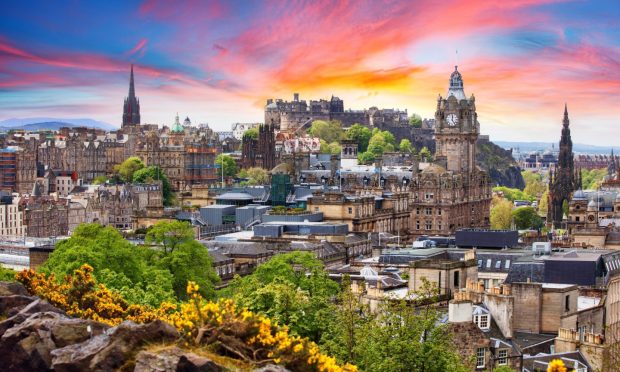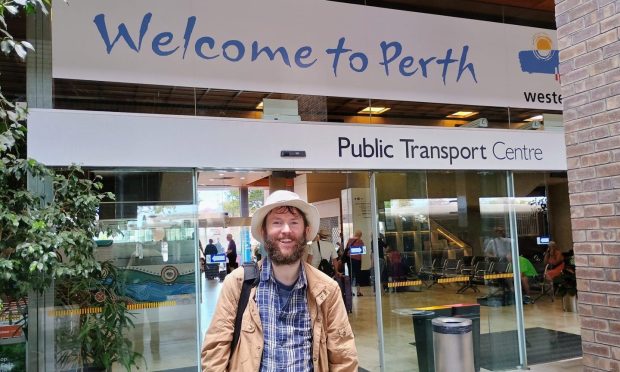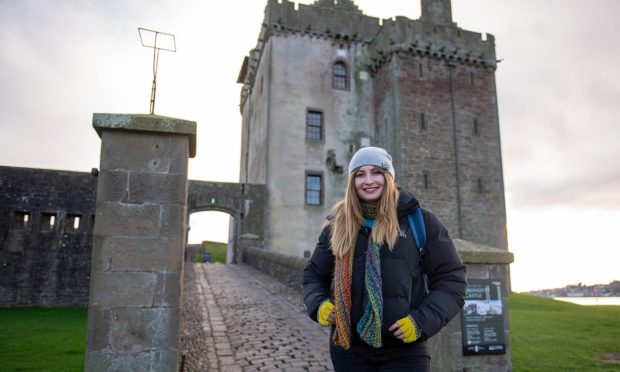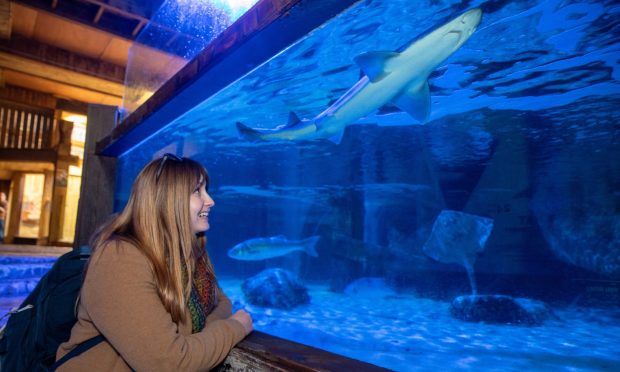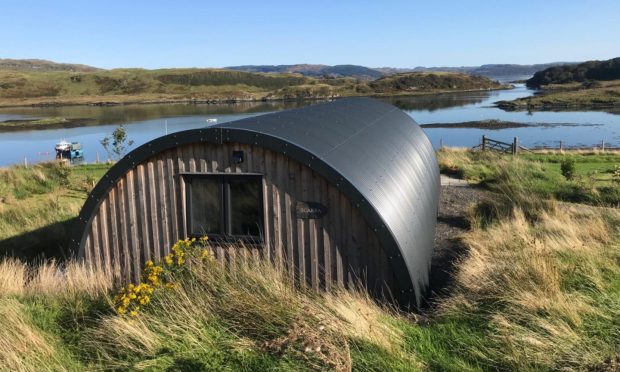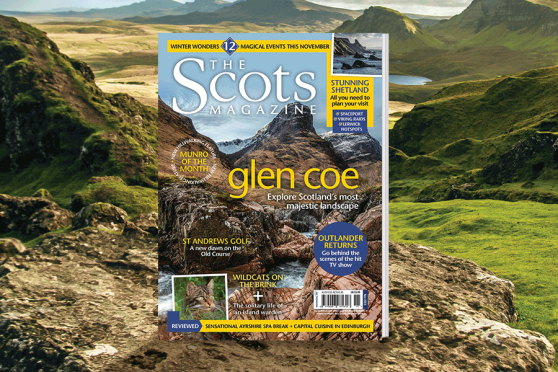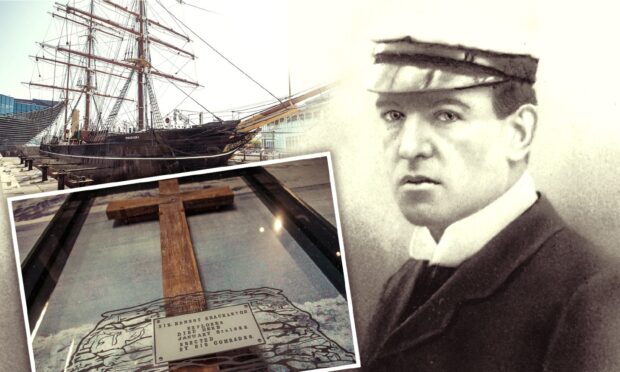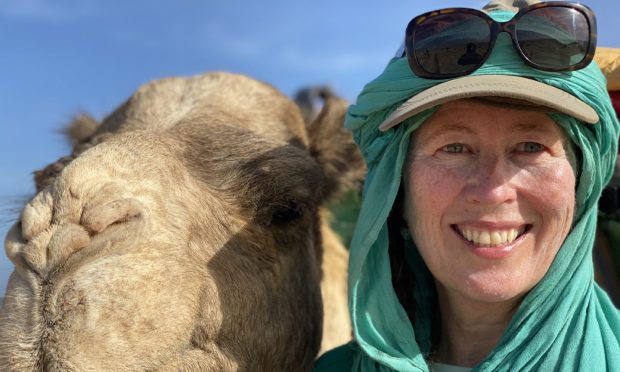The United Nations has declared 2017 the International Year of Sustainable Tourism for Development. Sarah Marshall cruises through one of the world’s most fragile ecosystems, the Galapagos Islands, and discovers it’s as pristine as ever
Opening her eyes for the very first time, a newborn sea lion gurgles through a mouthful of sand. Coated in a translucent film of bodily fluid, her skin glistens in the sunlight as she wriggles free of the pulsing umbilical cord still attached to her mother.
Overhead, plundering frigate birds, hungry for a bite of the afterbirth, threaten to shatter the idyllic picture. And even higher in the sky, a bigger metal bird roars past, bringing a different species of new arrivals to the island of San Cristobal.
Sitting quietly on the beach, I witness the birth, while children paddle in the surf, just metres away.
It’s the perfect fairy-tale portrayal of the Galapagos Islands – a utopia where animals and humans harmoniously co-exist.
Cast away in the Pacific Ocean, straddling the Equator, the volcanic archipelago is famous for its endemic species, whose largely predator-free existence has left them fearless.
Isolation (it’s 1,000km from the mainland) has been vital to the success of these fragile ecosystems, but an increase in the number of tourists and the expansion of human settlements could potentially upset that delicate balance.
There are now 25,000 people living permanently in the Galapagos, and visitor figures amount to around 225,000 annually.
It’s hard to believe this new world could bear any resemblance to the pristine environment Charles Darwin explored in the early 19th century. But as the groundbreaking naturalist identified, evolution is in the DNA of these islands.
In San Cristobal, the closest island to Ecuador, sea lions have learned to live comfortably with their two-legged neighbours. At the beachfront Golden Bay Hotel, two Balinese day beds have been commandeered by boisterous, blubbery pinnipeds, and every evening, a mischievous adolescent affectionately known as Samuelito, splays his flippers on the best seat at the cocktail bar.
Eager to explore the islands in a sustainable way, I’m embarking on a cruise with the MV Origin, a sumptuous 20-passenger yacht custom-designed for greater fuel efficiency and fitted with an on-board treatment plant to avoid dumping grey water into the ocean.
The facilities are first-class – vast en-suite bedrooms with king-size beds and a wall of windows framing the sea – and the service five-star – two top grade naturalists attentively guide the group, double the allocation given on most ships.
Exploring the Galapagos Islands is a meticulously planned operation; access is restricted to 70 landing sites and ships cannot revisit the same location within a 14-day cycle. As a result, crossovers with other groups are rare.
But life on-board never feels rushed or scheduled; lunches are long with ample time for dreamy siestas, often spent rocking gently in hammocks on the top deck as curious frigate birds soar above.
MV Origin operates two seven-day itineraries. I choose one incorporating Genovesa, in the northeast, where three types of booby bird can be found. Red-footed boobies wrap their russet red webbing around the brittle branches of parched bushes; their blue-footed counterparts cavort in buffoonish play below.
Tufty-feathered juveniles frantically – and futilely – flapping their wings in a premature attempt to fly complete the Big Top entertainment. A male yellow warbler bird doffs his brilliant red cap to the performance, and hops through the undergrowth in search of bugs.
Avian displays are a highlight on any Galapagos itinerary. It was the finches, after all, that helped shaped Darwin’s theory of evolution.
But not all birds here are native. The greater flamingos on Santa Cruz island ended up here accidentally, marooned by the trade winds from Miami.
“You could say they were trapped,” explains our jovial naturalist, Gaby. “But I prefer to believe they chose to stay here.” Watching the carefree pink swirls parade balletically through a brackish lagoon, I tend to agree with her.
There are an estimated 650 flamingos in Galapagos, but the residents of Rabida island have all disappeared, frightened away by sea lions.
Doe-eyed pups stare at us inquisitively as we stroll along the beach, where washed-up starfish form sorrowful constellations in the iron red sand.
Fortunately, many still shine below the waves. Snorkelling in the warm water, I cross paths with a harmless basking shark and watch turtles nonchalantly glide by.
I spend an enjoyable few moments conducting a shoal of sardines with my swim strokes; they disperse and reform, falling into perfect harmony. Foreign visitors seem to make very little difference to their world.
But nowhere is completely impervious to change.
On Fernandina, the youngest island in the archipelago, formed 600,000 years ago, the El Nino weather phenomenon nearly wiped out a population of marine iguanas.
A rise in water temperature caused a decline in their main food source, red algae, leading the scaly black creatures to starve.
When we visit, a stench of death still clings to the air and several shrivelled carcasses curl around solidified lava flows. But numbers are bouncing back. Piles of iguanas gather on the shore, seeking heat from the sun, and large belligerent males size each other up, rocking their mohawk heads like punk rockers, in a display of bravado.
Galapagos species have a history of recovery.
Between the 16th and 19th centuries, it’s estimated 150,000 giant tortoises were taken from the islands by whalers, using them as food stores on ships. Able to live for six months without eating, the gentle giants were a convenient source of fresh meat on long voyages. But nothing can stop the irrepressible struggle for survival. Perhaps it’s something to do with the magic of the islands.
“Bewitched” was a common term used by confused pirates, who claimed these mysterious islands would often disappear in a thick mist. But I prefer the erroneous translation of the Spanish phrase ‘las islas encantadas’. “Enchanted” is a much better fit.
TRAVEL FACTS
:: Sarah Marshall was a guest of The Ultimate Travel Company (theultimatetravelcompany.co.uk; 020 3051 8098) who tailor-make a luxury twelve-day land and island hopping Galapagos adventure from £8,450 per person. Includes two nights in Quito and two nights on San Cristobal with private guided sightseeing, before a seven-night full board MV Origin cruise. Price includes all flights, transfers and park fees.
:: KLM (www.klm.com; 020 7660 0293) offers three weekly flights to Guayaquil via Amsterdam Schiphol. Return economy fares from Heathrow start from £466 and are inclusive of taxes. Regional departures also available from Manchester, Edinburgh and Bristol.
